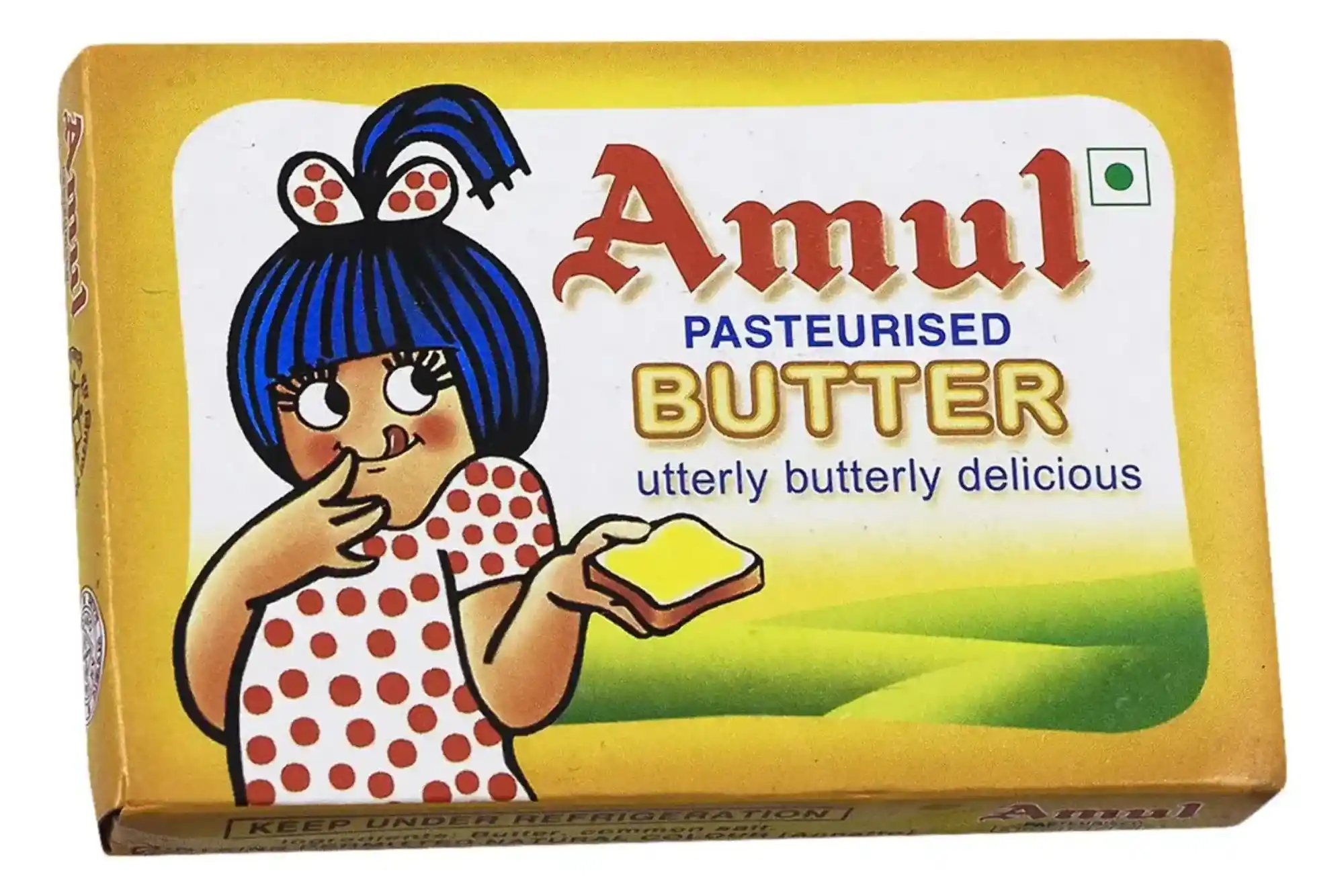Amul has long been a staple in Indian households, not just for its dairy products but also for its innovative and often humorous advertisements. This article explores the journey of Amul advertisements, their impact on Indian culture, and what makes them unique.
The History of Amul Advertisements
Amul’s advertising journey began in 1966 with the introduction of the Amul Girl, a cute cartoon character that quickly became synonymous with the brand. The character is known for her playful demeanor and iconic polka dot dress. The advertisement campaign was initiated by the advertising agency, ASCI, and quickly gained traction for its unique approach.
The Amul Girl: A Symbol of Empowerment

The Amul Girl represents more than just a brand mascot. She has become a symbol of empowerment for women in India. In various advertisements, the Amul Girl has been depicted as strong, witty, and smart. This representation resonates with the changing roles of women in Indian society.
Amul Advertisements Through the Decades
The evolution of Amul advertisements can be categorized into various eras, each reflecting the socio-political climate of the time.
The 1960s: Beginnings and Innovation
During the 1960s, Amul focused on establishing itself as a trustworthy dairy brand. The advertisements were straightforward, emphasizing quality and freshness. This decade set the foundation for future campaigns.
The 1970s: Humor Takes Center Stage
The 1970s marked a significant shift in Amul’s advertising strategy. Advertisements began incorporating humor and satire, addressing social issues and political events with a light-hearted touch. This new approach attracted a wider audience, making Amul a household name.
The 1980s: Social Commentary
In the 1980s, Amul advertisements continued to use humor while also commenting on social issues. The ads tackled subjects like poverty, education, and health, sparking conversations among viewers.
The 1990s: The Rise of Globalization
With globalization taking center stage in the 1990s, Amul’s advertisements adapted to the changing landscape. The brand began to incorporate Western influences while maintaining its Indian roots. This era saw the introduction of the “Taste of India” tagline.
The 2000s: Digital Revolution
As the internet began to gain prominence, Amul capitalized on social media platforms to reach a younger audience. The advertisements became more interactive, allowing consumers to engage with the brand in new ways.
The Key Elements of Amul Advertisements
Amul advertisements are characterized by several key elements that contribute to their effectiveness.
Humor and Satire
One of the most striking features of Amul advertisements is their use of humor. The clever wordplay and satirical take on current events make the ads memorable and engaging.
Timeliness
Amul advertisements are often timely, addressing current events, festivals, and social issues. This immediacy keeps the brand relevant in the minds of consumers.
Catchy Taglines
The taglines used in Amul advertisements are catchy and easy to remember. Phrases like “Amul: The Taste of India” and “Amul is the answer to your hunger” have become ingrained in popular culture.
Visual Appeal
The vibrant colors and playful illustrations of the Amul Girl draw viewers in. The visual elements are carefully crafted to align with the theme of the advertisement.
Impact of Amul Advertisements on Indian Culture
The influence of Amul advertisements extends beyond mere branding. They have become a part of popular culture, often referenced in conversations, memes, and social media.
Conversations Starter
Many Amul advertisements spark conversations among viewers. They often touch on sensitive topics, encouraging audiences to think critically about social issues.
Reflection of Society
The advertisements serve as a reflection of Indian society, highlighting both its challenges and triumphs. This portrayal resonates with consumers, establishing a deeper connection with the brand.
Influence on Other Brands
The success of Amul’s advertising strategy has influenced other brands to adopt similar approaches. Humor, satire, and timely commentary have become common tactics in Indian advertising.
Table: Evolution of Amul Advertisements
| Decade | Key Features | Notable Campaigns |
|---|---|---|
| 1960s | Simple and straightforward | Launch of Amul Girl |
| 1970s | Use of humor and satire | Political satire ads |
| 1980s | Social commentary | Ads on poverty and health |
| 1990s | Globalization influences | “Taste of India” |
| 2000s | Digital engagement | Social media campaigns |
Future of Amul Advertisements

As we move into an increasingly digital world, the future of Amul advertisements looks promising. The brand is likely to continue innovating, adapting to new trends, and using technology to engage with consumers.
Emphasis on Digital Marketing
With the rise of social media influencers, Amul may collaborate with online personalities to reach younger audiences. This strategy can create a fresh and modern image for the brand.
Sustainability Focus
Given the global emphasis on sustainability, Amul may begin to incorporate eco-friendly messages into its advertisements. Highlighting sustainable practices can resonate with environmentally conscious consumers.
Enhanced Storytelling
Future advertisements may focus more on storytelling, creating narratives that connect emotionally with viewers. This approach can deepen brand loyalty.
FAQs about Amul Advertisements
What is the significance of the Amul Girl?
The Amul Girl symbolizes empowerment and has become an iconic representation of the brand. She embodies wit and humor, resonating with Indian consumers.
How has Amul adapted to changing consumer behavior?
Amul has embraced digital marketing and social media to engage with younger audiences while maintaining its core values and traditional messaging.
What are some notable themes in Amul advertisements?
Amul advertisements often incorporate humor, social commentary, and timely references to current events, making them both entertaining and thought-provoking.
How do Amul advertisements reflect Indian society?
Amul advertisements mirror societal challenges and triumphs, making them relatable to consumers and encouraging discussions around important issues.
What can we expect from Amul’s future advertising strategies?
Amul is likely to focus on digital marketing, sustainability, and enhanced storytelling in its future advertisements, adapting to the evolving market landscape.
Amul advertisements have transcended traditional marketing to become a significant part of Indian culture. With their blend of humor, social commentary, and visual appeal, these advertisements resonate with consumers on multiple levels. As Amul continues to innovate and adapt to changing times, it remains a beloved brand that holds a special place in the hearts of many.



